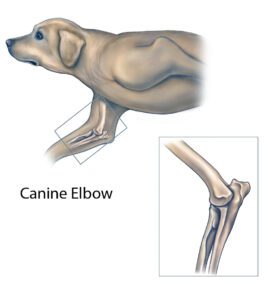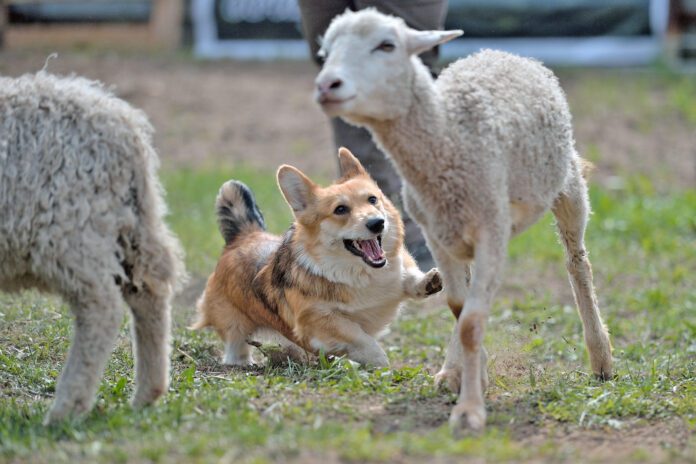As cute as dogs with short legs are, their look is the result of a cartilage disorder called chondrodystrophy. This disorder is caused by genetic mutations that produce the desired short legs. Breeders purposely selected dogs with short legs and long bodies for breeding, passing down the short-legged deformity to future generations. Chondrodystrophy can be a non-issue for some dogs, but it can also result in IVDD (more on that below).
Affected breeds include:
- Dachshund
- Bassett Hound
- Welsh Corgi (both Pembroke and Cardigan)
- Pekingese
- Shih Tzu
- French Bulldog
Mixed-breed dogs can be chondrodystrophic, too, with a short-legged appearance. (If you’re concerned that your dog may have this gene mutation, you can get DNA testing done and/or ask your breeder if he or she uses DNA testing.)
Dogs With Short Legs and Abnormal Growth
When limb bones grow in an abnormal direction, associated bones also can grow abnormally to compensate. The result can be an angular limb deformity, and the appearance of a shortened limb.
Many short-legged dogs have toes that do not point straight (in the same direction as the muzzle), and that is because of the angular limb deformity. This can happen in the forelimbs or the hindlimbs, and the toes can point either in (pigeon-toed) or out (duck-toed).

One of the joints most often affected by this disorder is the elbow. The elbow is a complex joint. There are three bones (humerus, ulna, radius) that need to grow in synchrony to form the normal elbow. If any of these bones have altered growth relative to the others, misalignment can result. This can cause pain and lameness due to the resultant joint instability.
Many of these dogs cope well with the deformities in their limbs, and it is not recommended to treat the deformity unless that individual dog is in pain.
What Is IVDD?
Chondrodystrophic dogs often battle intervertebral disc disease (IVDD), which is a problem with the vertebral column and the spine. The intervertebral disk is a cartilaginous cushion that sits between individual vertebrae, providing flexibility for the neck, back and tail.
- Neck or back pain (holding his head low or unable to fully lift his head)
- Lameness
- Uncoordinated movement
- Urinary and/or bowel incontinence
- Difficulty breathing
- Paralysis
Chondrodystrophic dogs often experience accelerated aging of the intervertebral discs, which can cause problems when they bulge or herniate into the spinal canal and pinch the spine. The result can cause pain, lameness, paralysis of limbs, and possible loss of bladder and bowel control. This is a devastating disorder that can be expensive to treat if surgery is required, and in some cases, surgery cannot restore comfort and mobility to the patient.
These dogs can be put in carts to give them more independence in their mobility, but they will require nursing care, usually administered by their owners, to manage urinary and fecal incontinence, or to express the urinary bladder and manually evacuate stool out of the rectum.
Some dogs are euthanized because the surgery can be so expensive, and the nursing care can be overwhelming for owners.
Due to the increased risk for IVDD, it is wise for owners of chondrodystrophic dogs to consider getting pet insurance in case their beloved dog requires expensive treatment. Be prepared, however, to pay for add-on coverage, which can be expensive.






